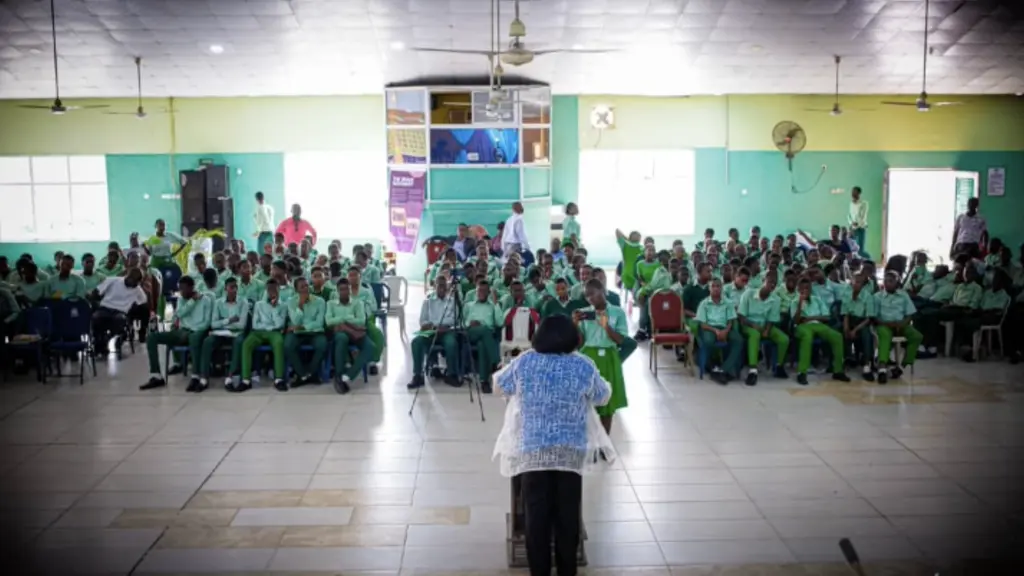Sensitive content
This site contains sensitive content that includes references to sexual violence.

Latest data reveals that children are not safe online. They are at risk of sexual abuse and sexual exploitation as unregulated digital platforms rapidly evolve with AI-generated imagery. A global pandemic, 1 in 8 children globally have been subjected to online solicitation in the last 12 months. This poses a great threat for Africa, which has the largest youth demographic of any continent.
New data, the world's very first global prevalence figure of childhood sexual violence unveiled by Together for Girls' Break the Record Campaign, shows that in the past 12 months, 82 million girls and 69 million boys experienced some form of sexual violence. This is approximately 3 girls and 2 boys per second.



These are staggering figures but it doesn't have to be this way. Change is possible. Sexual violence is preventable. This global scourge must be addressed, and we can certainly break this record of inaction towards ending childhood sexual violence. But this can only be realized through grassroots advocacy and adopting a child-centred approach to prevention, healing and justice.
Collaborating with grassroots organizations around ending childhood sexual violence is critical to our mission. Working together with established community leaders we discussed survivor engagement, and policy and advocacy looking at the Nigerian context.
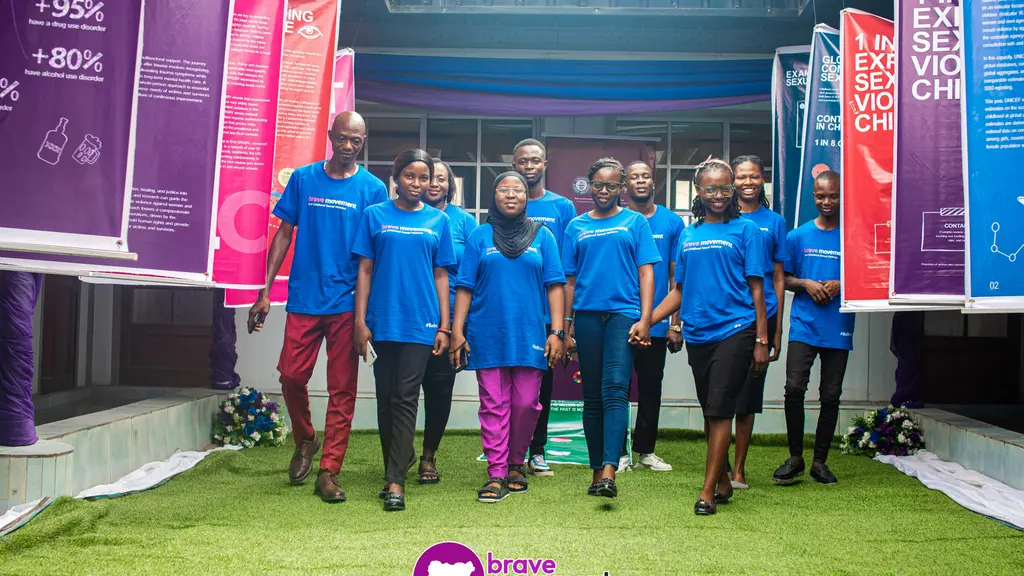

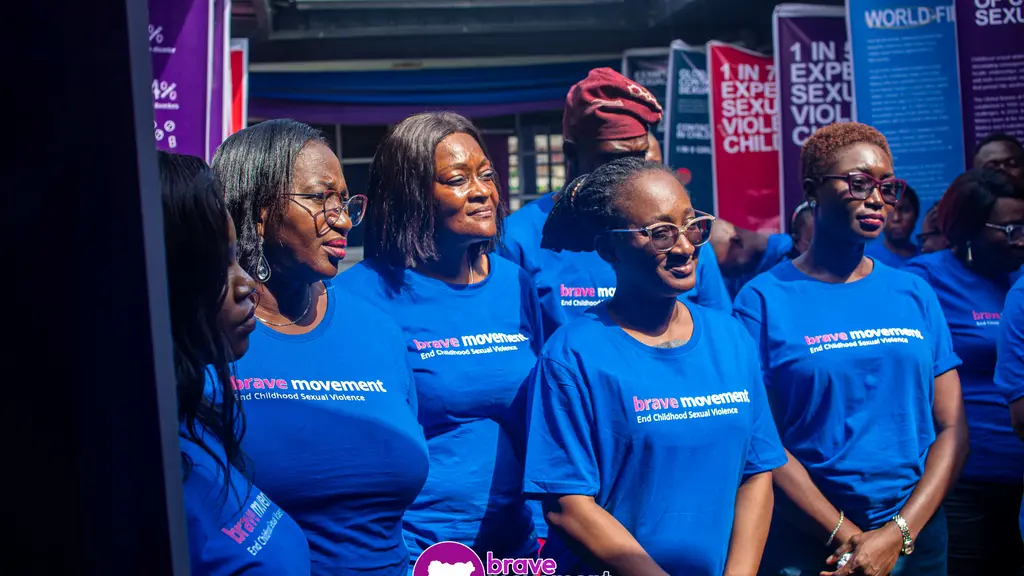


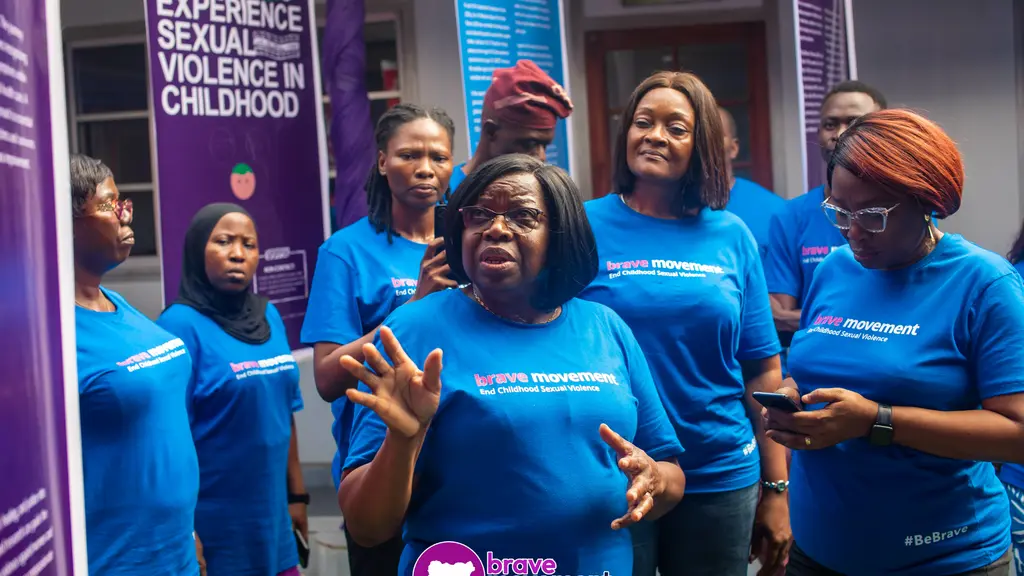


"I’m filled with excitement for the work we’re doing. It’s inspiring to witness how collective energy and determination can turn bold ideas into real change. From bold ideas to actionable plans, the passion and eagerness of participants showcased what it truly means to drive a movement for change. Together, we’re not just imagining a better future we’re building it, one step at a time."
The new Break the Record data comprised research representing 193 countries and relevant to the experiences of 2.4 billion young people. It includes data from Childlight which finds that over 300 million children under the age of 18 have been affected by online child and sexual exploitation and abuse in the last 12 months. Its report shows 1 in 8 children have experienced taking, sharing, and or/exposure to sexual images and videos in the last 12 months.
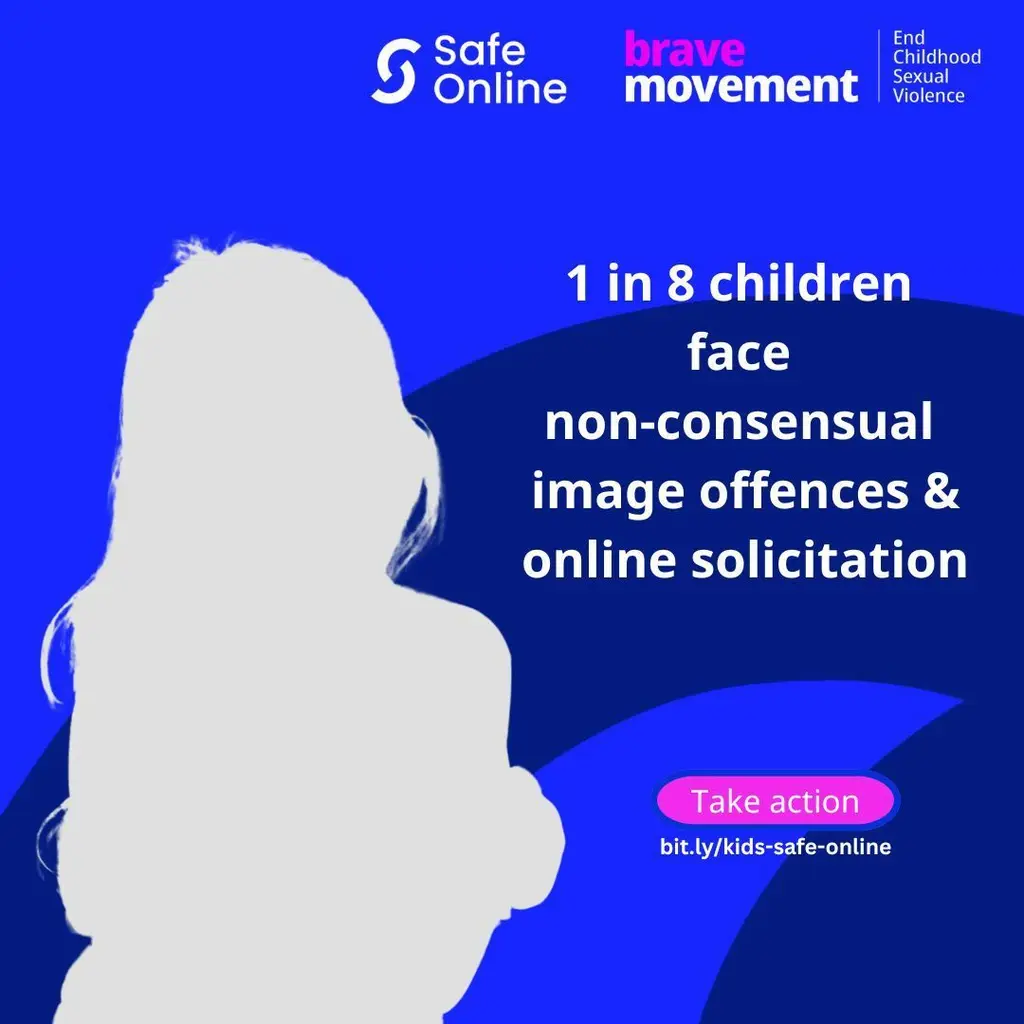
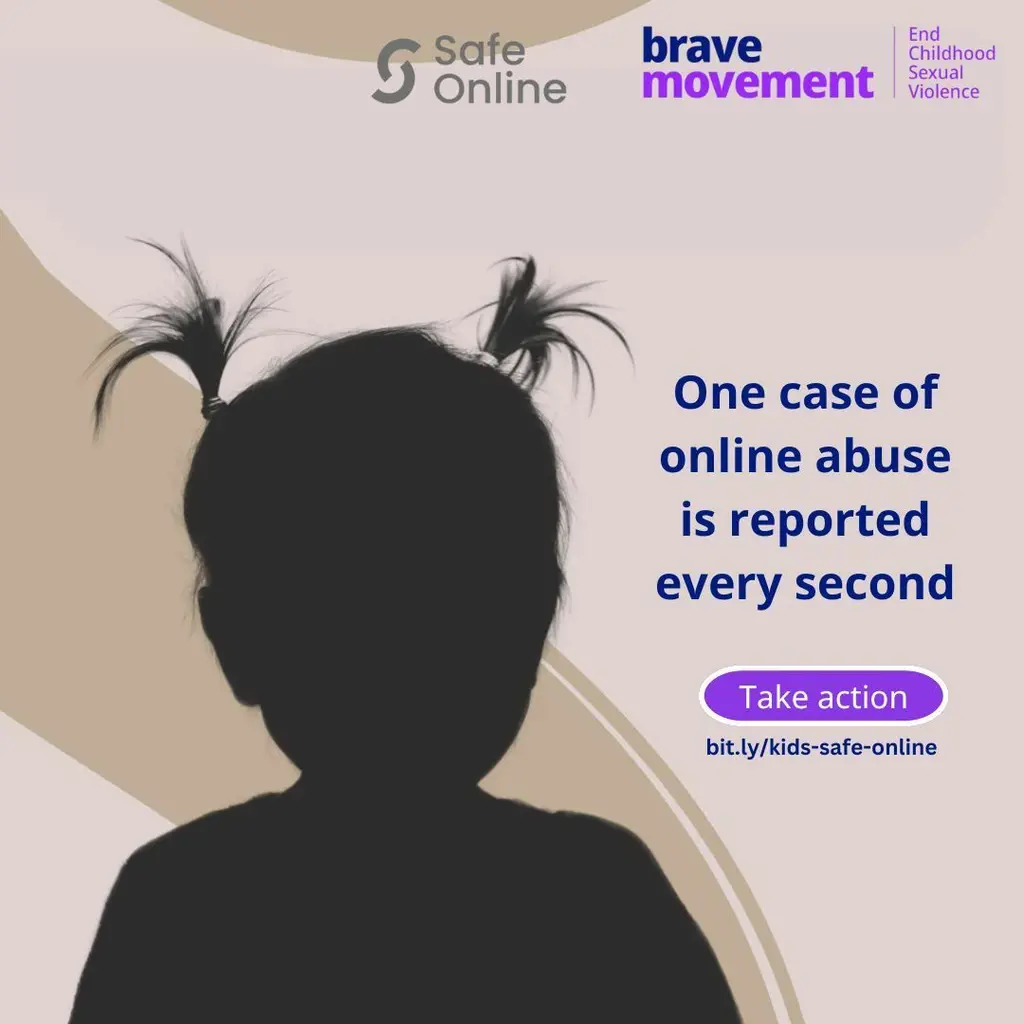
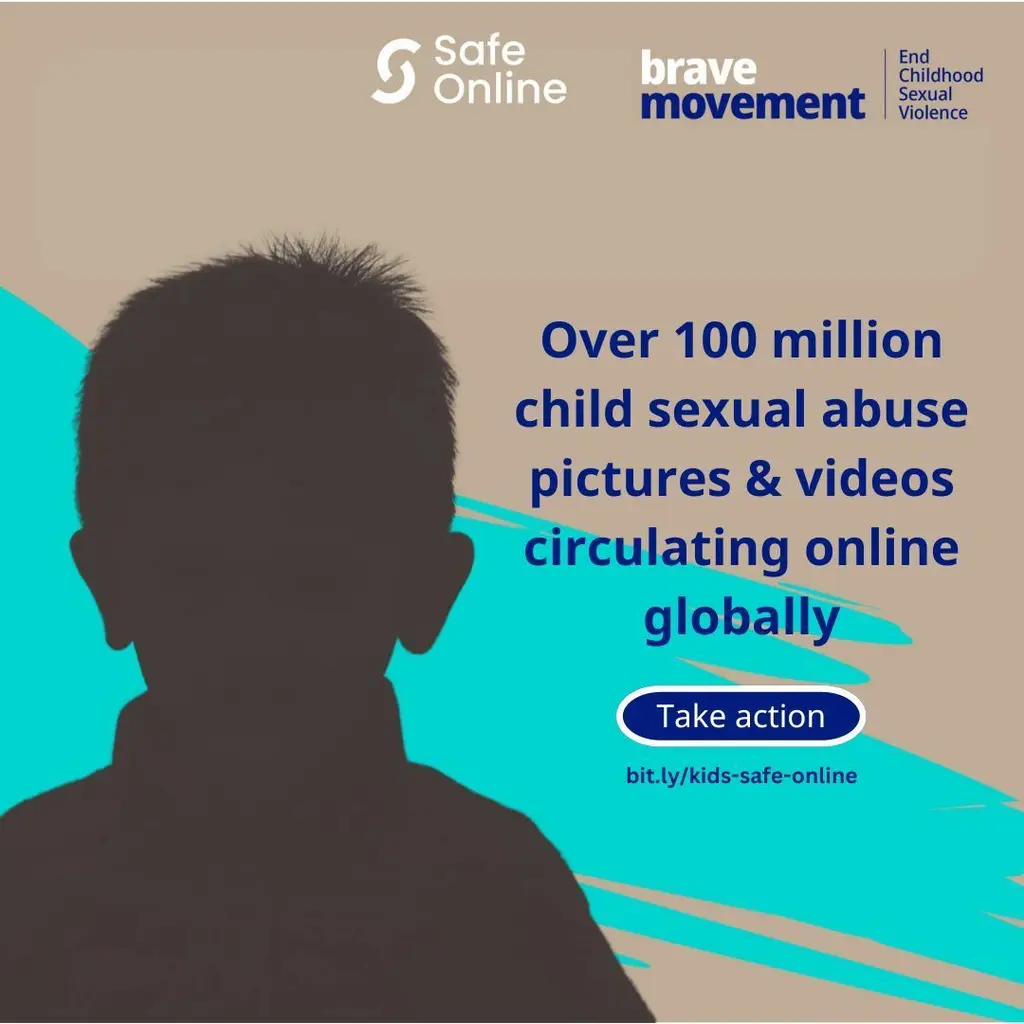


These forms of childhood sexual violence, both contact and non-contact, have serious emotional, health, and psychosocial impacts on children and youth, including into adulthood.
We collaborated with Global Survivor Council member, Dr. Bukola, founder of Suburbuncares. At Ravens Place, a school on the outskirts of Lagos, we delved into the urgent need to address online violence, with youth ambassadors facilitating group discussions with the children.




We showcased Beyond the Screen and engaged in meaningful group discussions with three different age groups to better understand their perspectives. I had the opportunity to lead the session with children aged 9-13, and what I learned was both eye-opening and deeply concerning.
"When I asked how many of them owned tablets or phones not their parents’ devices almost half of the group raised their hands. They went on to share the platforms they frequently use, with TikTok, Instagram, and Roblox emerging as the most common. What struck me was not just their familiarity with these platforms but also their startling awareness of sexual violence."
This experience was a powerful reminder of just how much work lies ahead to ensure children are truly safe in online spaces.
As digital platforms become more integrated into their lives, we must act with urgency to protect them from harm and equip them with the tools to navigate the digital world safely. The voices of these children reaffirm the critical importance of our mission.
Suburbancares has been part of the Brave Movement since 2023. Ravens Place is Suburbacares' designated trauma center for the Remo division of Ogun State. We started engaging the community around the school since 2017 and the school management has been very gracious in allowing us to use their facilities as our meeting place, which is a cost-effective model for community outreach.
"The year ahead will be driven by Suburbancares youth-led advocacy with a children's summit focused on ending Online Sexual Violence in April 2025. In addition to facilitating group dialogues with children, our model of train-the-trainers of adults in child traumatic stress is being extended to youth ambassadors to provide them needed skills of engaging children and their peers."
